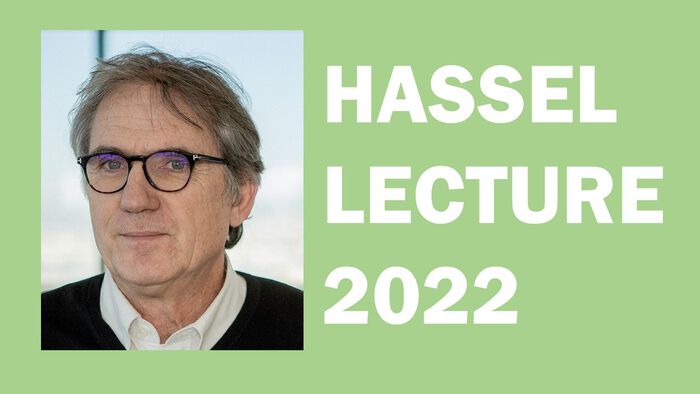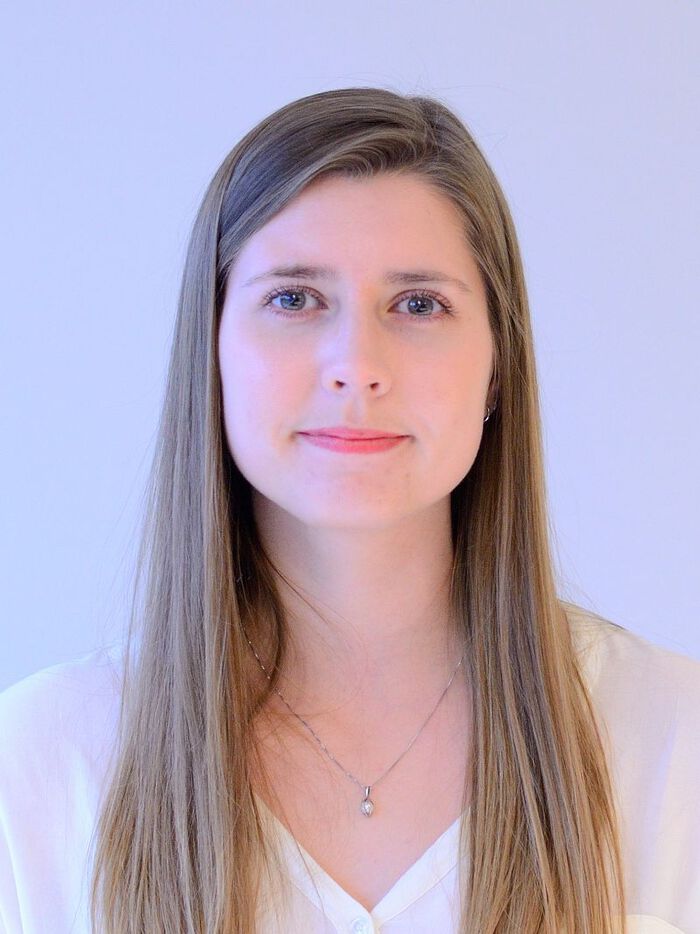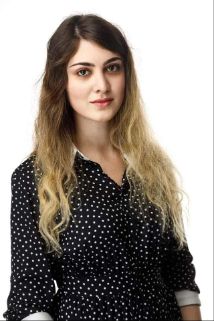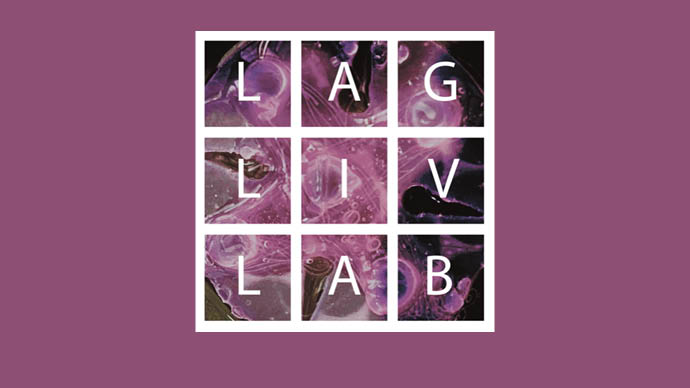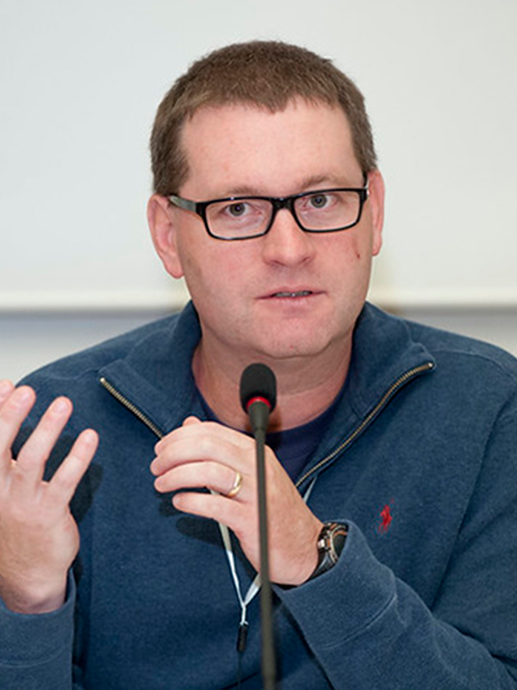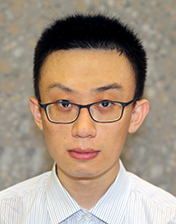Tidlegare gjesteforelesninger og seminarer - Side 13
This year's Hassel lecture is headed by Professor Marc Fontecave.
This year's Hassel lecture is headed by Professor Marc Fontecave. In this lecture, Professor Fontecave will use the case of France as a springboard to discuss the current energy situation, the different scenarios for the 2050 trajectories and the scientific and technological challenges that we must face.
By Prof. Levi Yant from the University of Nottingham, UK
In this talk, I will go through my past research before joining UiO, particularly at The University of Texas at Austin. This will include a brief introduction to the development of stable and adaptive finite element methods for challenging problems in engineering science. Second, I will focus on modeling efforts in coastal ocean hydrodynamics, including a review of the underlying physics and assumption and a review of the current state-of-the-art. I will also introduce several related to my focus of storm surge modeling and how the models are used by stakeholders beyond academia.
Renate Mauland-Hus, PhD student at Institute of Theoretical Astrophysics, University of Oslo.
As a consequence of the S-duality conjecture, Vafa and Witten conjectured certain symmetries concerning invariants derived from spaces of vector bundles on a closed Riemannian four-manifold. For a smooth complex projective surface X, a satisfying mathematical definition of Vafa-Witten invariants has been given by Tanaka and Thomas. Their invariants are a sum of two parts, one of which can be defined in terms of moduli spaces of stable vector bundles on X. Focusing on this instanton part of the VW invariants one can ask how it changes under blowing up the surface X. I will discuss joint work with Oliver Leigh and Yuuji Tanaka that answers this question.
- Modellering og analyse av renterisiko i en post-Libor-verden med ESG.
- Matematisk institutt ved Universitet i Oslo tilbyr et to-dagers etterutdanningskurs i renterisiko ved David Banos og Fred Espen Benth.
I will explain how a recent “universal wall-crossing” framework of Joyce works in equivariant K-theory, which I view as a multiplicative refinement of equivariant cohomology. Enumerative invariants, possibly of strictly semistable objects living on the walls, are controlled by a certain (multiplicative version of) vertex algebra structure on the K-homology groups of the ambient stack. In very special settings like refined Vafa-Witten theory, one can obtain some explicit formulas. For moduli stacks of quiver representations, this geometric vertex algebra should be dual in some sense to the quantum loop algebras that act on the K-theory of stable loci.
By Éric Coissac from the University of Grenoble, France
By Geir H. Bolstad from NINA, Trondheim.
When a body (such as an offshore structure and ship) exists on the surface of the ocean, it is influenced by waves. At the same time, waves are deformed by the body. This interaction is essential for considering the problems of bodies in waves. Although these are complicated systems, the theory is well-established based on linear potential flow, and this explains these phenomena very well.
In the seminar, some applications of potential theory-based analysis are shown, including the seakeeping of a ship, multi-bodies interaction, and elastic plate in waves. In addition, the progress of the study of wave-ice interaction in a marginal ice zone is presented which is a current work in UiO.
- Interdisciplinary research for bachelor students
Nigar Abbasova, Domantas Sakalys, Elizabeth Surgucheva & Dag Kristian Dysthe, Dept. of Physics, UiO
IBV hosts five guest lectures on Terrestrial Ecology on Tuesday 25 October and Thursday 27 October. Today: Inger Maren Rivrud and Martin Lind.
Welcome to the next seminar of the semester, where there will be talks by Prof. Eirik Frengen (Depart. Medical Genetics, Univ. Oslo and Oslo University Hospital) and Dr. Francisco Yanguas Samaniego (Progida Group, FYSCELL, IBV)
IBV hosts five guest lectures on Terrestrial Ecology on Tuesday 25 October and Thursday 27 October. Today: Mark Ravinet, Aline Magdalena Lee and Stephen De Lisle.
The survival of green plants depends on the efficient use of photosynthesis in the leaves, where sunlight, water, and CO2 are transformed into sugar – the raw material, which builds up even the largest trees. The dissolved sugars are transported by osmosis through the sieve tubes of the phloem, a vascular system, which runs through the veins of the leaves and on through the stem, all the way down into the roots. The sugar production sites (mesophyll) are distributed over the entire leaf, and it is important for the functionality of the leaf that they are all able to export their sugars. For conifer needles the linear venation architecture makes this challenging, and they have an extra “transfusion tissue” that bridges between production and transport. We are currently studying this complex collection of interdigitated water -and sugar-carrying cells by micro X-ray tomography on intact needles and by network modelling, to understand the pathways for water and for sugars (running in opposite directions) with huge pressure differences (say 3 MPa) across tiny length scales (say 5 microns).
Thomas Bohr is Professor of Physics at the Physics Department of the Technical University of Denmark.
By Roger Pielke Jr. from University of Colorado Boulder, USA. Note the time: 12.15.
Diffusion and reactions are central to understanding life. However, studies often focus on dilute systems, while the interior of living cells is crowded with macromolecules that occupy about 20 % to 40 % of the cell volume, affecting virtually all intracellular processes [1]. In this talk, I will mainly focus on diffusion, emphasising the effects significant to crowded intracellular environments, such as polydispersity of crowders [2], macromolecular shapes, interactions [3], and softness [4]. We will also briefly discuss how reactions proceed under crowding, paying particular attention to enzymatic reactions [5] and the cooperativity of divalent binding [6].
Cheng-Zong Ruan, Postdoctoral Fellow at Institute of Theoretical Astrophysics, University of Oslo.
By Josefin Stiller from Copenhagen University and Joost Raeymaekers from Nord University
